An exogenous agonist of ADGRD1 protects against bone loss by negatively regulating osteoclastogenesis.
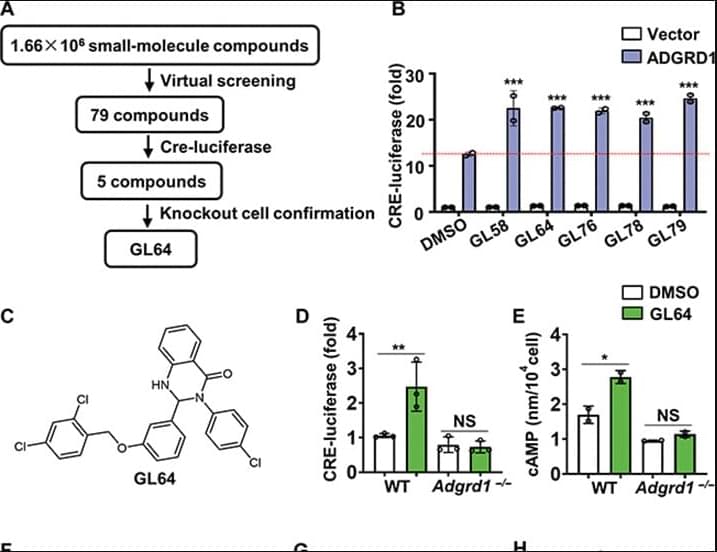

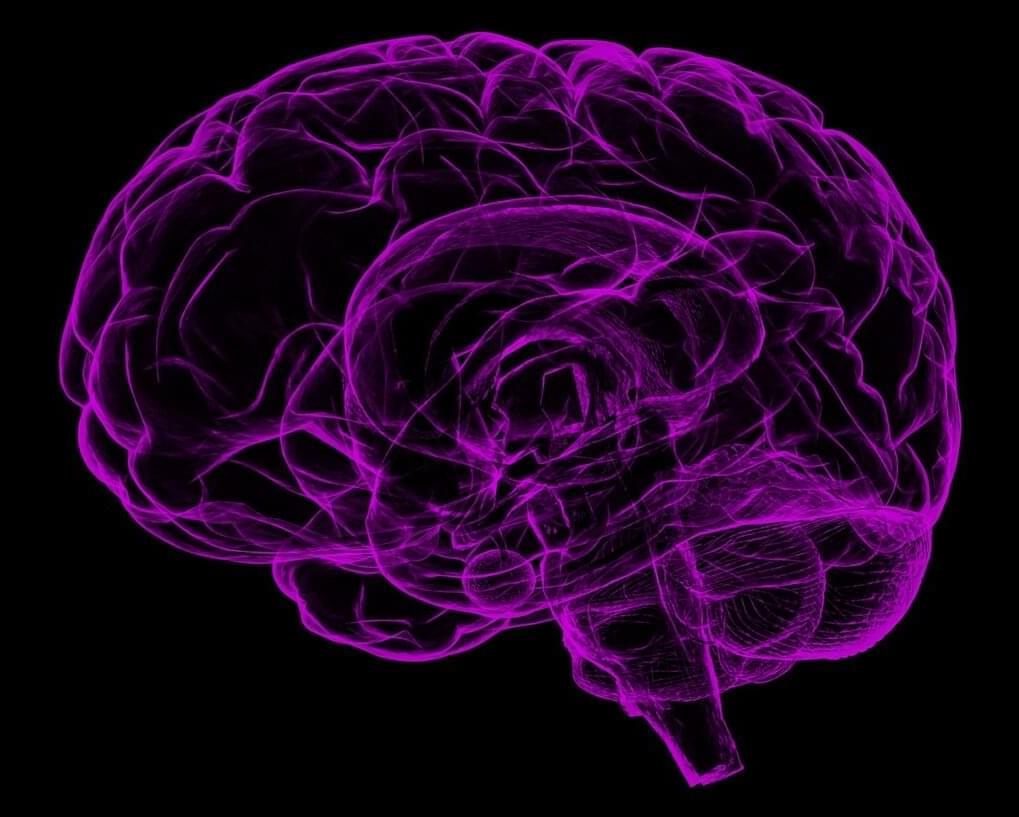
In recent years, some scientists and advocates have warned that playing contact sports like football and hockey may increase the risk of brain diseases like Alzheimer’s disease or chronic traumatic encephalopathy (CTE) due to a buildup of a specific protein in the brain.
But a new Northwestern Medicine study of 174 donated brains, including some from former high school and college football players, pumps the brakes on that theory.
“The long and short of it is no, this protein in this specific brain region is not increased in people who played football at the amateur level. It throws a little bit of cold water on the current CTE narrative,” said corresponding author Dr. Rudolph Castellani, professor of pathology at Northwestern University Feinberg School of Medicine and a Northwestern Medicine neuropathologist.
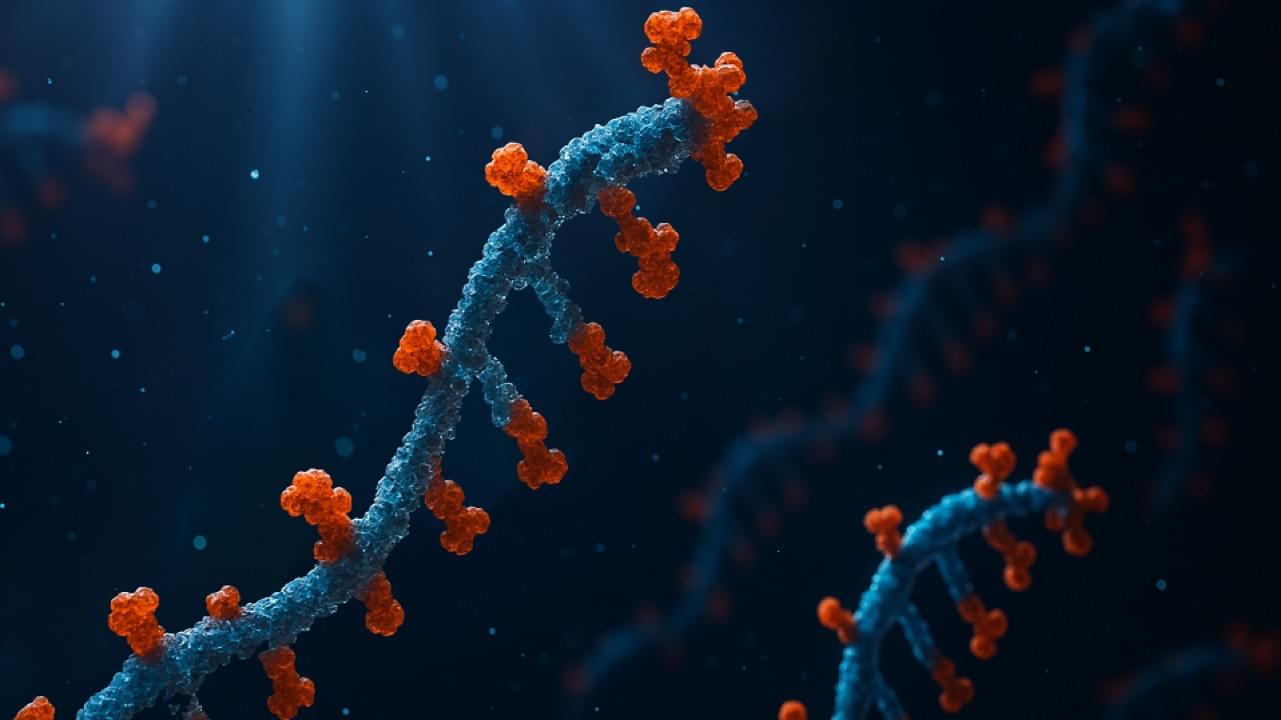
Australian scientists, including at the Charles Perkins Centre, University of Sydney, have successfully developed a research system that uses ‘biological artificial intelligence’ to design and evolve molecules with new or improved functions directly in mammal cells. The researchers said this system provides a powerful new tool that will help scientists develop more specific and effective research tools or gene therapies.
Named PROTEUS (PROTein Evolution Using Selection) the system harnesses ‘directed evolution’, a lab technique that mimics the natural power of evolution. However, rather than taking years or decades, this method accelerates cycles of evolution and natural selection, allowing them to create molecules with new functions in weeks.
This could have a direct impact on finding new, more effective medicines. For example, this system can be applied to improve gene editing technology like CRISPR to improve its effectiveness.


Imagine having a conversation where every gesture and glance feels like a test. You’re juggling eye contact, facial expressions, and tone of voice, all while trying to keep up with the words. You might miss something, or someone might misread you.
In a new study, published in PLOS One, autistic adults describe the intense mental effort it takes to navigate nonverbal communication (NVC).
Researchers reviewed 362 firsthand accounts on the online forum WrongPlanet.net, where autistic adults openly talk about communication challenges. They focused on posts about nonverbal communication—like eye contact, tone of voice, gestures, and facial expressions—and reviewed 26 discussion threads to better understand from autistic adults what it is like to communicate in daily life.
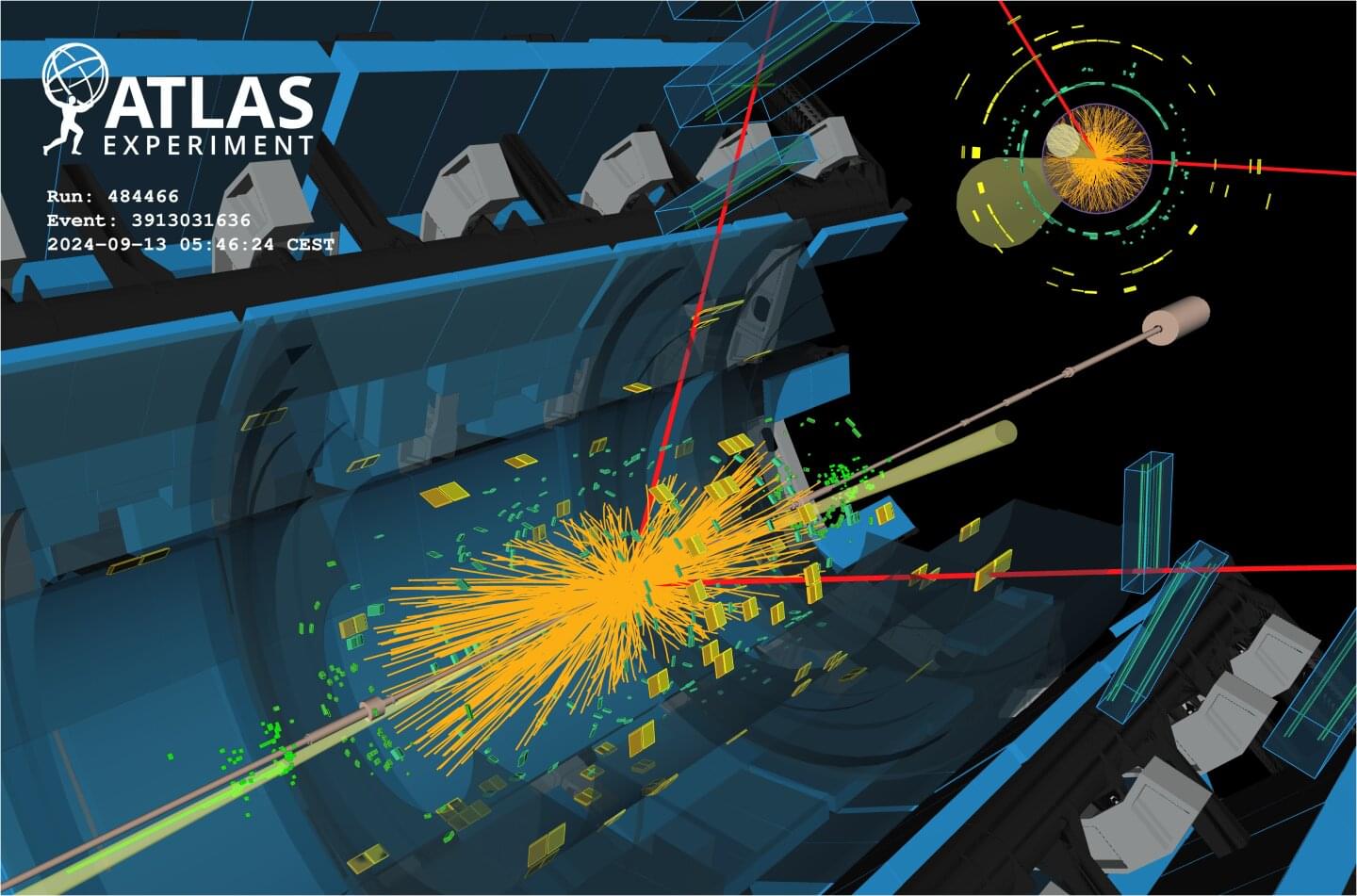
The ATLAS collaboration finds evidence of Higgs-boson decays to muons and improves sensitivity to Higgs-boson decays to a Z boson and a photon.
Studies of the properties of the Higgs boson featured prominently in the program of the major annual physics conference, the 2025 European Physical Society Conference on High Energy Physics (EPS-HEP), held this week in Marseille, France. Among the results presented by the ATLAS collaboration were two results narrowing in on two exceptionally rare Higgs-boson decays.
The first process under study was the Higgs-boson decay into a pair of muons (H→μμ). Despite its scarceness—occurring in just 1 out of every 5,000 Higgs decays—this process provides the best opportunity to study the Higgs interaction with second-generation fermions and shed light on the origin of mass across different generations. Up to now, the interactions of the Higgs boson with matter particles have only been observed for particles from the third, heaviest, generation: the tau lepton and the top and bottom quarks.
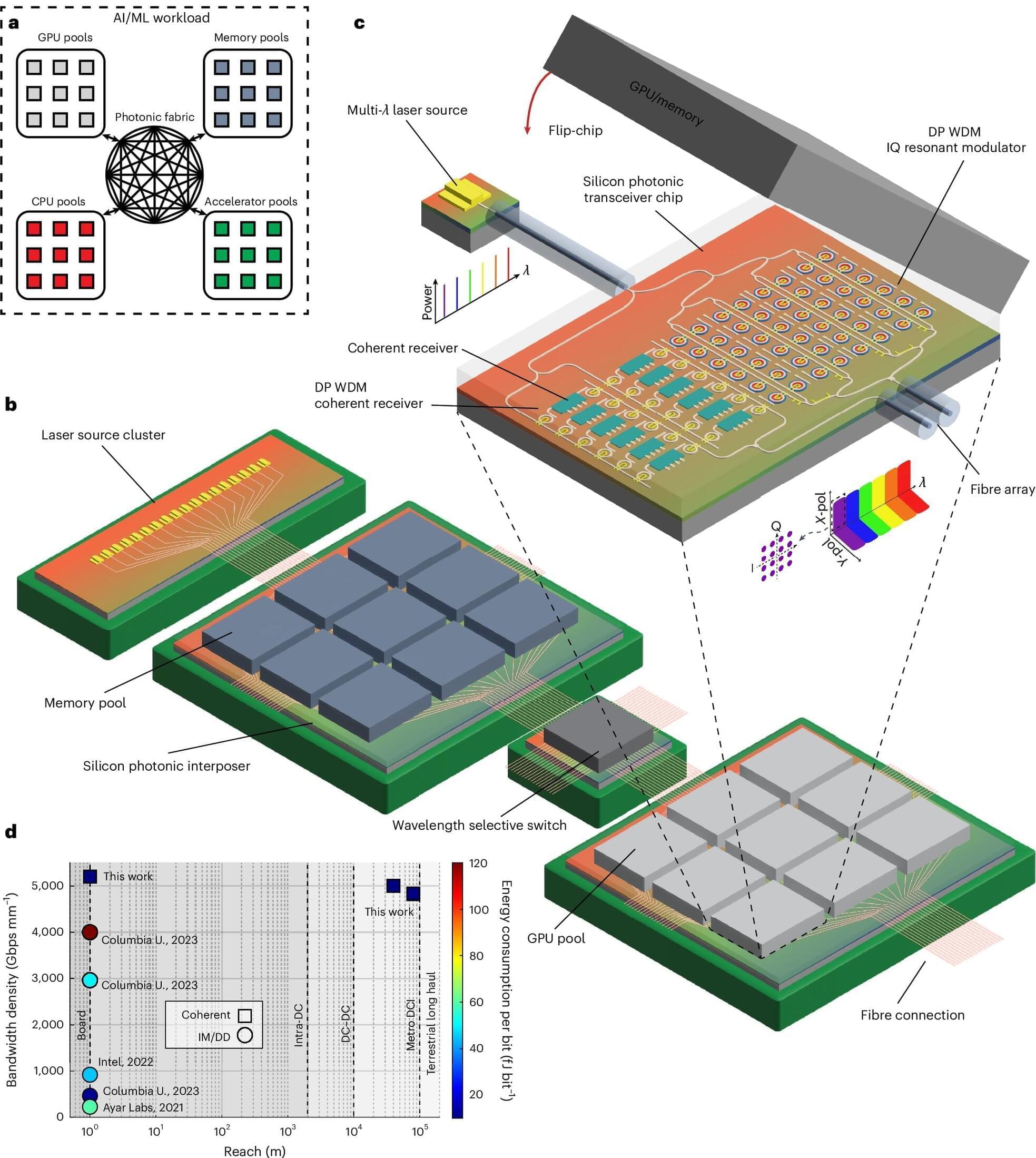
Artificial intelligence systems like ChatGPT are notorious for being power-hungry. To tackle this challenge, a team from the Center for Optics, Photonics and Lasers (COPL) has come up with an optical chip that can transfer massive amounts of data at ultra-high speed. As thin as a strand of hair, this technology offers unrivaled energy efficiency.
Published in Nature Photonics, the innovation harnesses the power of light to transmit information. Unlike traditional systems that rely solely on light intensity, this chip also uses the phase of light, in other words, its shift.
By adding a new dimension to the signal, the system reaches unprecedented performance levels, all while maintaining a tiny size. “We’re jumping from 56 gigabits per second to 1,000 gigabits per second,” says Ph.D. student Alireza Geravand, the first author of the study.
A multinational research team, including engineers from the University of Cambridge and Zhejiang University, has developed a breakthrough in miniaturized spectrometer technology that could dramatically expand the accessibility and functionality of spectral imaging in everyday devices.
The study, titled “Stress-engineered ultra-broadband spectrometer,” published in the journal Science Advances, describes a novel, low-cost spectrometer platform built from programmable plastic materials rather than conventional glass.
These innovative devices operate across the full visible and short-wave infrared (SWIR) range—spanning 400 to 1,600 nanometers—which opens up a wealth of possibilities for real-world applications.
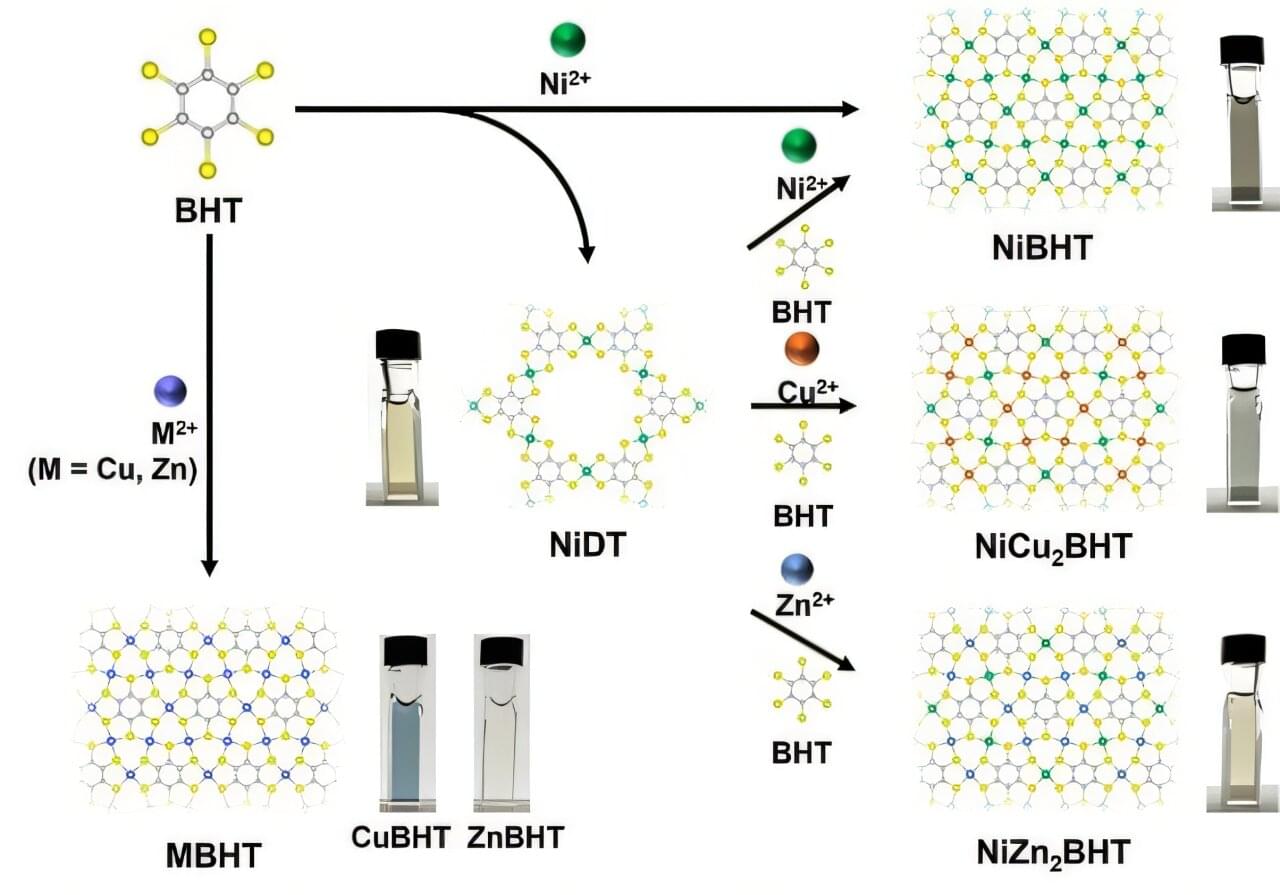
Coordination nanosheets are a unique class of two-dimensional (2D) materials that are formed by coordination bonds between planar organic ligands and metal ions. These 2D nanomaterials are increasingly utilized in energy storage, electronic devices, and as electrode-based catalysts due to their excellent electronic, optical, redox properties, and catalytic activity.
Over the last decade, coordination nanosheets composed of various transition metal ions, such as nickel (Ni) ions linked to benzenehexathiol (BHT)—an organic compound—have been successfully synthesized in laboratories. However, their production has relied on a two-phase interfacial reaction that occurs between two immiscible phases of matter.
Furthermore, the selective synthesis of well-organized heterometallic nanosheets, containing two or more metal ions, has proven to be difficult. To address these two major issues limiting the production of novel coordination nanosheets, a team of researchers led by Professor Hiroshi Nishihara, from the Research Institute for Science and Technology (RIST), Tokyo University of Science (TUS), Japan, has conducted a series of innovative experiments.
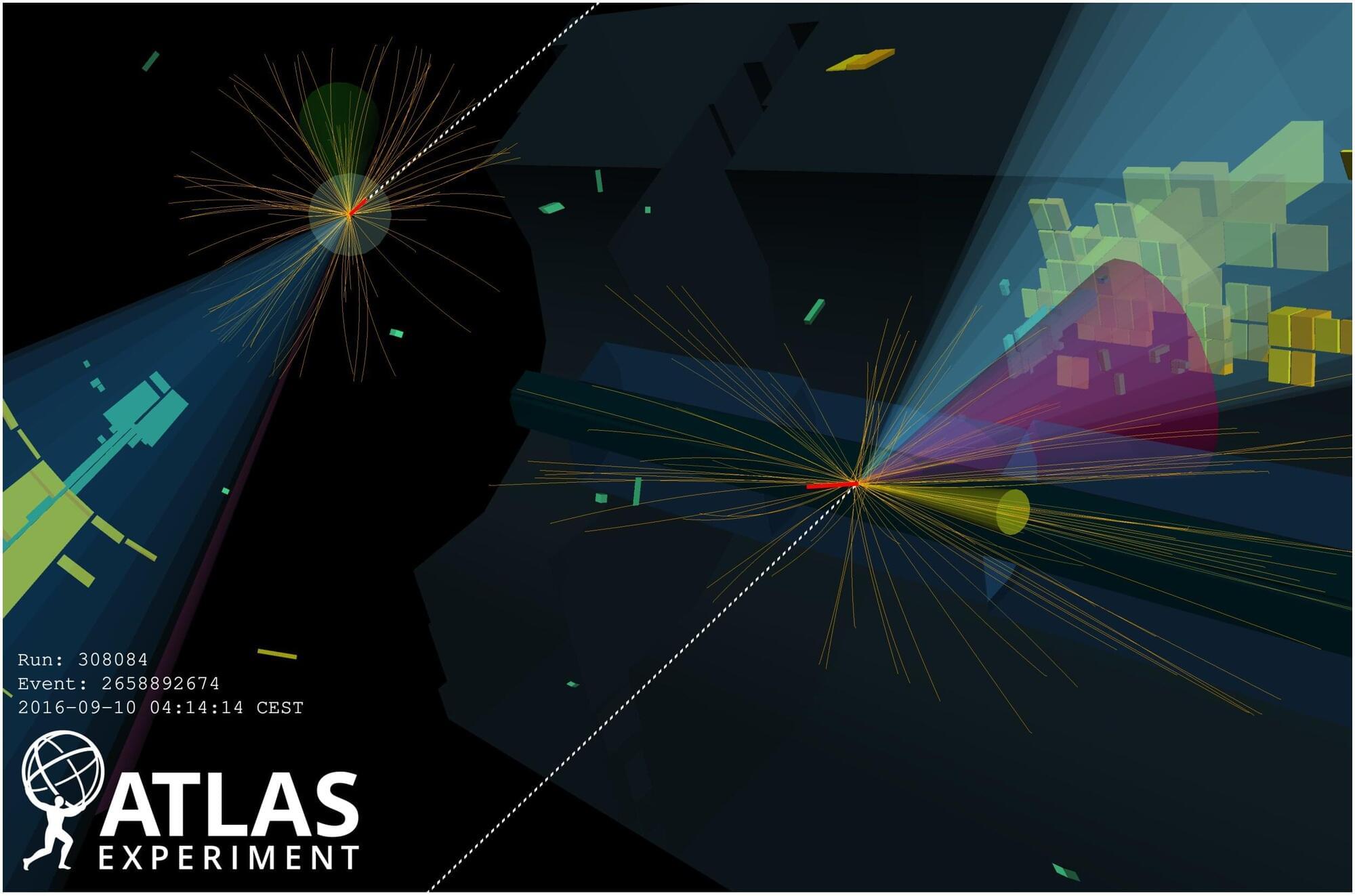
In physics, there are two great pillars of thought that don’t quite fit together. The Standard Model of particle physics describes all known fundamental particles and three forces: electromagnetism, the strong nuclear force, and the weak nuclear force. Meanwhile, Einstein’s general relativity describes gravity and the fabric of spacetime.
However, these frameworks are fundamentally incompatible in many ways, says Jonathan Heckman, a theoretical physicist at the University of Pennsylvania. The Standard Model treats forces as dynamic fields of particles, while general relativity treats gravity as the smooth geometry of spacetime, so gravity “doesn’t fit into physics’s Standard Model,” he explains.
In a recent paper in Physical Review Research, Heckman, Rebecca Hicks, a Ph.D. student at Penn’s School of Arts & Sciences, and their collaborators turn that critique on its head. Instead of asking what string theory predicts, the authors ask what it definitively cannot create. Their answer points to a single exotic particle that could show up at the Large Hadron Collider (LHC). If that particle appears, the entire string-theory edifice would be, in Heckman’s words, “in enormous trouble.”